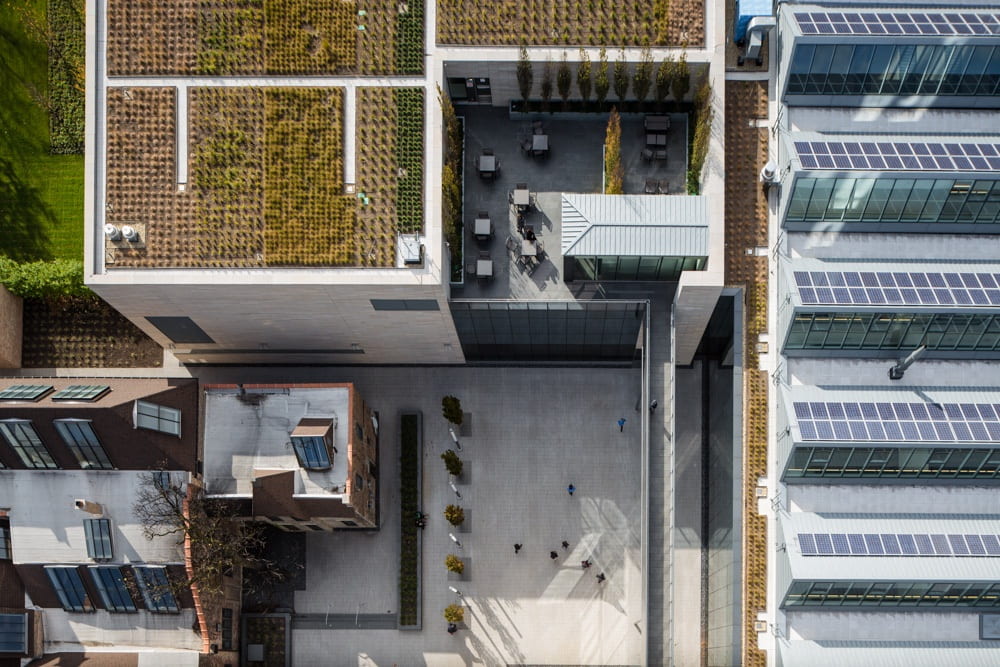Climate Change and Energy
Climate Change and Energy
Greenhouse gas emissions reduction is the key sustainability goal as the University seeks to understand and reduce its contribution to climate change. The University has a goal to reduce its greenhouse gas emissions by 20 percent by 2025. Greenhouse gas emissions are tied to all major campus operations, including buildings, transportation, waste, food, landscape, and procurement.
Each of these areas is included in the Sustainability Plan, with energy efficiency in buildings as the top priority since natural gas and electricity usage in campus buildings contributes to approximately 70 percent of the University’s greenhouse gas emissions. The University of Chicago Greenhouse Gas Emissions Inventory Overview (2012–2017) contains information on the University’s greenhouse gas emissions from the target base year (average of emissions from 2012, 2013, and 2014) through 2017.
Greenhouse Gas Emissions Reduction Plan
To achieve the 2025 goal, energy efficiency projects are currently planned for fiscal years 2018 through 2025, as outlined in The University of Chicago Greenhouse Gas Emissions Reduction Plan (FY2018–FY2025). The plan consists of strategic initiatives that result in sustainable energy savings without compromise to comfort within campus facilities. Recommended initiatives for achieving the 2025 goal include:
1. Building Preventative Maintenance and Commissioning (PM + Cx): Investigate the top energy-consuming buildings on campus for operational improvement and energy conservation opportunities. Focus on the top 38 University buildings that are responsible for approximately 80 percent of the campus energy consumption.
2. Central Plan Efficiency Upgrades: Implement energy efficiency upgrades at the campus steam and chilled water plants.
3. Building-Level Capital Energy Efficiency Projects: Implement capital projects that are identified through the PM + Cx process.
4. Lighting Upgrades: Indoor and outdoor lighting upgrades around campus.
5. Off-Site Renewable Energy: Purchase renewable energy credits for off-site energy production.
Emissions reduction persistence is also part of the plan, to ensure that emissions reductions persist over time. In fiscal years 2024 and 2025, the University will investigate the top 12 energy use buildings again. Additionally, building energy usage data will be tracked, collected, and analyzed, with the help of an energy management information system (EMIS). The system will allow annual and monthly baselines to be established. Current utility data will be compared with the baseline data, and staff can be alerted to increases in energy use. Other strategies will include central plant monitoring, steam system maintenance, and an energy efficiency best practices program.

